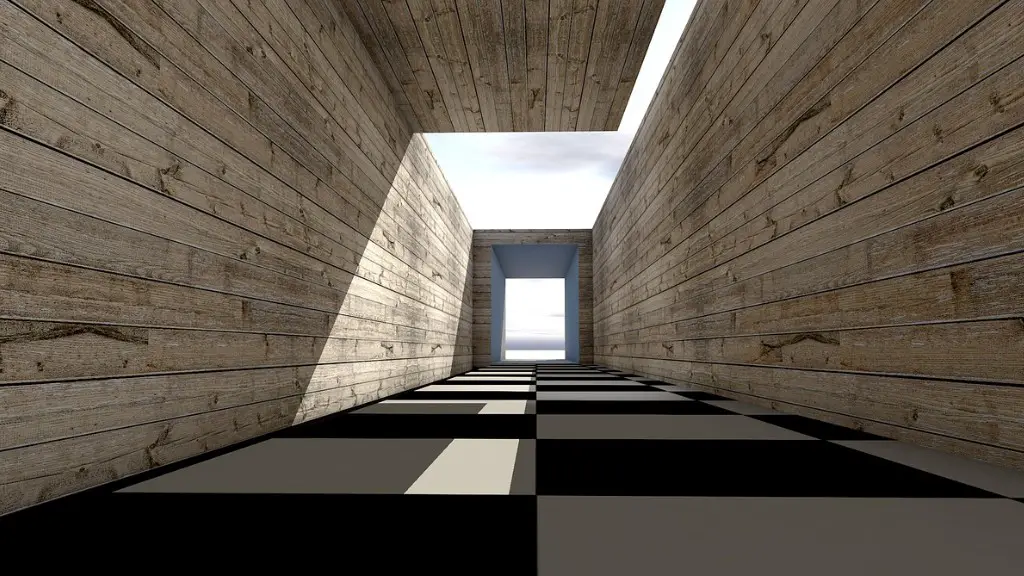Introduction
Teamcenter Architecture is a powerful and comprehensive platform for the design, creation, and management of products and related services. It offers an end-to-end digital thread by providing a single source of truth across organizations, projects, and departments. It is a cornerstone of engineering, manufacturing, and product lifecycle management (PLM). This article will explore what Teamcenter Architecture is and how to best utilize it for a successful organization.
What Is Teamcenter Architecture?
Teamcenter Architecture is an integrated software solution from Siemens PLM Software that enables companies to operate an enterprise-wide product lifecycle management system. It provides secure and scalable data access to users across the entire product lifecycle. It integrates people, processes, and products into one single system. This system provides a collaborative product development process from conception to customer delivery. Teamcenter Architecture includes product data management, change management, collaboration and optimization management, and services management modules. It enables real-time access to product information, allowing users to make timely decisions.
Benefits Of Using Teamcenter Architecture
Teamcenter Architecture provides a single source of truth. It enables multi- disciplinary and multi-role collaboration, allowing teams to develop better products, faster. With secure access to all types of product data, users can easily access, store and share information even when they are geographically dispersed. The system’s automated processes simplify the communication between design and manufacturing, which in turn streamlines product development. Additionally, all product changes are logged, so users can always track the progress of the product.
Features Of Teamcenter Architecture
The powerful features in Teamcenter Architecture helps improve product lifecycle management by providing features for collaboration, data management, and product optimization. The collaboration features enable easy communication between teams across the globe, with features such as Internationalization, Globalization, and Version Management. The data management features include Serial Numbering and Part Numbering, which provide a single source of truth, and Asset Management, which allows users to easily track, store and manage product information in a single system. The product optimization features provide automated processes, ensuring consistent quality and fewer redundancies, resulting in better products.
Implementation Of Teamcenter Architecture
Teamcenter Architecture is a complex system that requires careful planning in order for it to be implemented successfully. It requires accessing the existing product data and mapping it the new system. This is done by a team of experts who need to understand the architecture of the system, and the data flow of the organization. This process is typically done by a group of software engineers and data administrators, who are responsible for loading, mapping, and validating the data in the new system.
Training On Teamcenter Architecture
In order to successfully utilize Teamcenter Architecture, training is important. This training typically covers the system architecture, data flow, and the various tools and features of the system. Training is usually conducted in the form of classrooms, online seminars, and webinars. It is designed to enable administrators and users to understand the power of the system.
Support For Teamcenter Architecture
After the implementation of Teamcenter Architecture, it is important to have support. This support can come in several forms, such as on-site support, 24/7 technical assistance, or through the Software Assurance program. Additionally, there are many user forums, blogs, and other resources to provide assistance when needed.
Using Teamcenter Architecture To Drive Growth
Teamcenter Architecture offers the potential to drive organizational growth; from fast and effective product development to efficient manufacturing processes. The comprehensive solution provides an end-to-end digital thread, from conception to customer delivery, offering real-time access to product information, enabling users to make informed decisions.
Application Of Teamcenter Architecture
Teamcenter Architecture can be used for a wide range of applications, from engineering, design and manufacturing to managing the product lifecycle. It offers scalability and flexibility, allowing companies to tailor the system to the specific needs of their organization. For engineering teams, Teamcenter Architecture offers powerful collaboration tools, such as 2D and 3D data sharing, visual scripting, analysis tools, and visualization. For manufacturing teams, Teamcenter Architecture enables them to easily manage changes, track quality, and optimize production processes. For product lifecycle management, Teamcenter Architecture offers asset management, support for service contracts, and project planning.
Advantages Of Teamcenter Architecture
Teamcenter Architecture provides several advantages for organizations. It enables efficient collaboration, helping teams develop products faster. It provides secure access to product data, giving teams accurate and up-to-date information. It streamlines product development, simplifying the communication between design and manufacturing. It also offers scalability, enabling organizations to tailor the system to their specific needs.
Conclusion
Teamcenter Architecture is an integrated software solution from Siemens PLM Software that enables organizations to operate an enterprise-wide product lifecycle management system. It offers a collaborative product development process from conception to customer delivery and provides secure and scalable data access to users across the entire product lifecycle. Organisations benefit from its powerful features, including collaboration, data management, and product optimization. It offers scalability, allowing companies to tailor the system to their specific needs. With the right implementation and training, Teamcenter Architecture can drive organizational growth, helping teams develop better products, faster.


